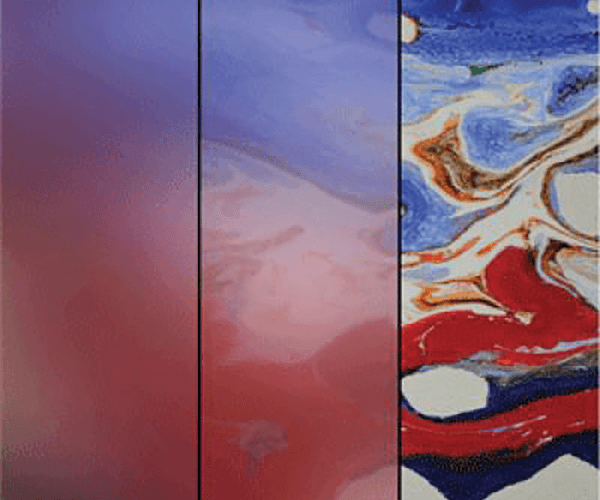
In 1963, David Hubel and Torsten Wiesel, discovered that cats that had one eye sewn shut from birth to three months of age only developed full vision in the open eye (1), and that monocular deprivation caused permanent electrophysiological and anatomical changes in the cats’ brains. Sewing the eye closed after three months of age did not have this effect, so the immediate postnatal three months was named the “critical period” for vision development.
In humans too, the greatest effects of vision deprivation are immediately after birth, although at 24 months the initial critical period is considerably longer than in cats. It was thought to be crucial that ocular abnormalities are identified and resolved during the first two years of life. Plasticity in the visual system progressively diminishes thereafter and, by the age of eight, appeared to be almost gone. The conventional wisdom is that if diseases like amblyopia are not treated before eight years of age then the opportunity to save sight is completely lost. Conventional wisdom, however, may not to be correct, according to findings from Project Prakash, a scientific and humanitarian program led by Massachusetts Institute of Technology professor, Pawan Sinha. The humanitarian component of Project Prakash is cataract surgery, free of cost to children across India, to avoid preventable blindness. The scientific part (2) was to determine if children who have suffered from extended congenital blindness – and were blind during the critical period – experience improvements in vision after cataract surgery and, if so, how. They found that the human visual system does retain plasticity beyond the critical period.
“Our research group has been studying the development of vision in children who were blind from birth because of congenital cataracts,” explains Peter Bex, a co-author and Senior Scientist at the Schepens Eye Research Institute, Harvard Medical School, Boston, USA. “We measured if and how their vision develops after surgery in late childhood and adolescence to remove cataracts. Our results show remarkable plasticity; vision continues to improve in many children long after the surgery.” Applying conventional wisdom, the most conservative hypothesis for the study would have been that children aged between 8 and 18 years would show no changes in low-level vision, and no changes in their contrast sensitivity functions. The post-surgical visual assessments of contrast-sensitivity were made in the field using an iPad-based assessment, rather than with the usual cumbersome lab-based equipment. “With our test and some analytics we developed, we showed that some patients developed substantial vision after 15 years of blindness,” says Bex (Figure 1). “This visual change could not be accounted for by simple optical factors.”
The paper’s authors concluded that their research “has important implications for potential treatments of congenital cataracts, in addition to the fundamental questions of development and plasticity in neuroscience”. It would also suggest that it’s never too late to intervene to save sight in children.
References
- T. Wiesel, D. Hubel, “Effects Of Visual Deprivation On Morphology And Physiology Of Cells In The Cats Lateral Geniculate Body”, J Neurophysiol., 26, 978–93 (1963). A. Kalia et al., “Development Of Pattern Vision Following Early And Extended Blindness”, PNAS 2014 ; published ahead of print January 21, 2014, doi:10.1073/pnas.1311041111.
